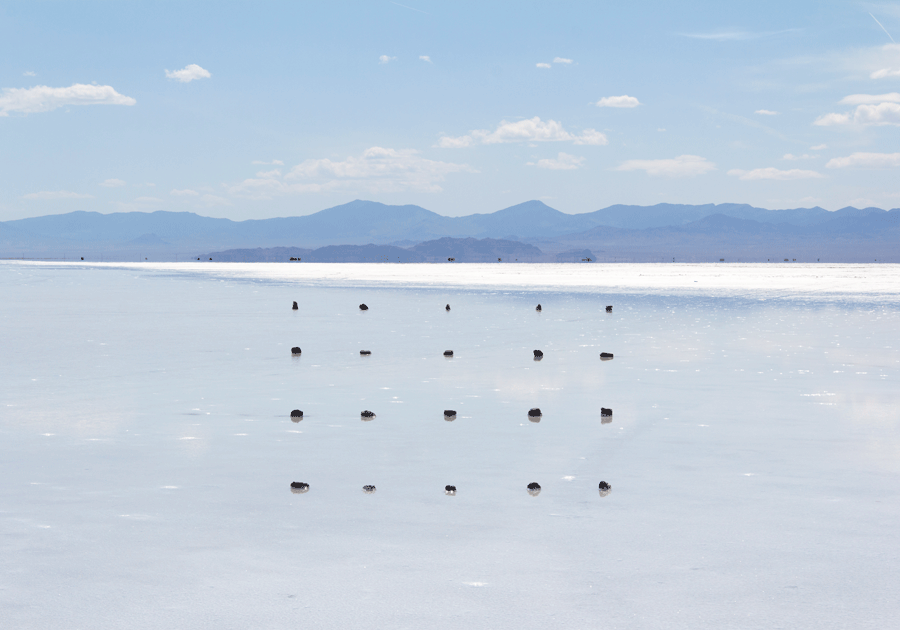Robin Vollmar
It Always Repeats (II), 2015
The changeable and dynamic subjects of your work reminds me of Arthur Schopenhauer's statements and his pendulum theory. While your artistic research was going on, how and in what way did your studies in philosophy influence your work?
It is interesting that you say that. Schopenhauer's statements do have a lot of influence on me and I was always attracted to his misanthropic and pessimistic view towards the human race. It is fascinating how contemporary his theories are now, especially the theory of the pendulum of suffering which you just mentioned. We are all attracted by our goals and wishes in life but once we succeed in them the happiness fades away quickly and everything starts again in an endless pendulum of sorrow. However, Schopenhauer´s statements and the theories of existential philosophy with representatives such as Jean Paul Sartre and Albert Camus really had a big impact on me. These theories changed my subjective outlook towards my environment and my perceptions in general. Accordingly, this view directly influences the aesthetic I want to create.
Could you please explain to me why the print medium is more expressive for you than painting or other visual art mediums?
First, I might have to explain a little about the way I use the print medium. In general, the medium is meant to duplicate works of art. This is the biggest difference in my work because I always just have one piece after the creation process. For me, it’s impossible to recreate the piece in the same way. Accordingly, this new interpretation of the printing press and the print medium itself, which is so old, holds a certain fascination to me. Also, the unpredictable side and the imperfection which goes hand in hand with this approach attracts me. In the digital age we live in, it’s so easy to create something perfect. But perfection never touched me on any kind of level. Besides, the medium has a really unique aesthetic which is not achievable with any other visual medium. I have always been attracted by this cold, dark and hard aesthetic and the potential to create subjective narratives, which is also very important to me. Therefore, the reason why I chose print is very subjective so I cannot describe it one hundred percent rationally, but it comes back to the topics in life which concern me.
You said that most of your work analyzes social behavior patterns such as isolation and separation and we can nimbly find them observing the slices that contrasts make on your painted geometry, or in the heavy distance made by black shapes. But could these elements have been tied up with the ideas of a continuous evolution of the material from a state to an intangible one?
”Intangible” is a very interesting word in this sense. For me, it is very exiting where our society is going with new technology and especially the internet. The change of our social interaction is already huge. We have so much information about people before we even meet them. This knowledge affects social interaction enormously. It is very scary how people do not care about the amount of information available on them. Moreover, this technology is very new and is still unpredictable in terms of where it is heading and how it will develop.
Could you say that your country directly interacts with your art concept? How?
I would highly agree to the conclusion of Richard Wollheim that artists always depend on their context. Regarding this point, it`s not just my country that influences my art; my social environment, history and beliefs are conceptual elements which also contribute to my art.
It Always Repeats (I), 2015
It Always Repeats (III), 2015
Time And Change (I), 2015
Time And Change (II), 2015
Time And Change (III), 2015
Time Is Passing By (I), 2015
It Always Repeats (IV), 2015
It Always Repeats (V), 2015
It Always Repeats (VII), 2015
Interview by Alice Manieri
Courtesy of the Artist
Robin Vollmar
www.robinvollmar.de
What to read next







